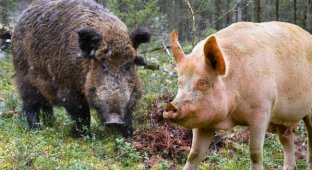More specifically, a ghost. But the essence of this charming but dangerous the creature, which became the hero of numerous memes, does not change the nickname. 
When over the tropical forests of Southeast Asia thickens darkness, it comes out of hiding - a creature with tenacious paws, solid ears and incredible depth and honesty eyes. It's not even eyes, and such saucers, the diameter of which reaches 20 mm, which, with a length a body of 10 cm and a weight of no more than 150 g is a very, very solid indicator. Therefore, a meeting at dusk with this handsome man may well end stuttering. 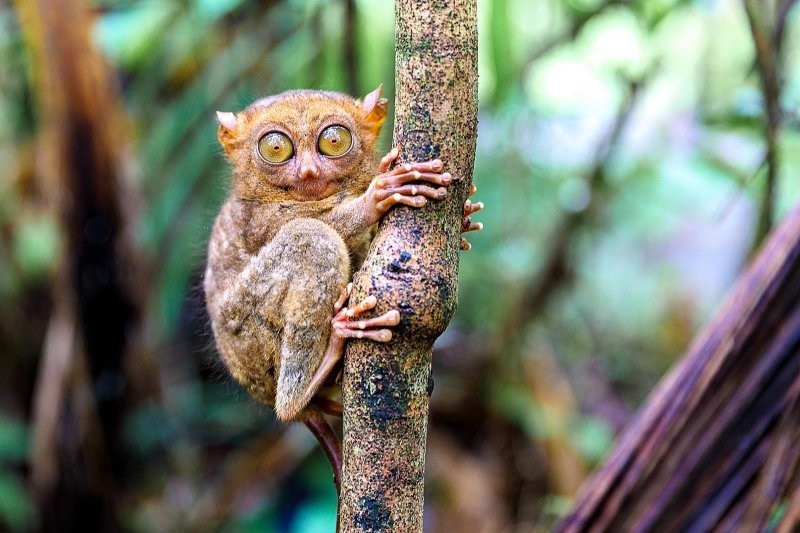
The ghost tarsier is a distant relative of the lemur and claims to be one of the smallest primates in the world. Despite for a touching cartoon look, the tarsier is a real predator. Everyone frogs, snakes and insects that get in his way are not to be envied. Not the little eye is squeamish about bird eggs and can even bite not too much agile bat. 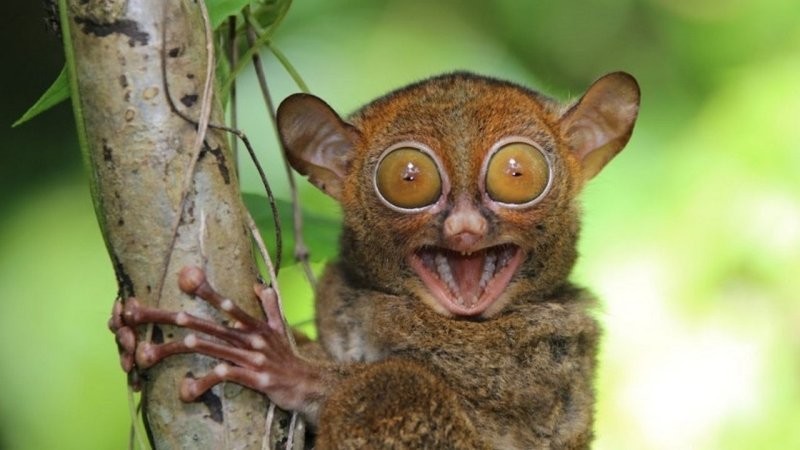
Good luck to a born night hunter is provided by excellent hearing and keen eyes. In the dark, the baby killer sees like a cat. And although due to their huge size, the eyeballs almost do not rotate, this offset by a very mobile neck, which the primate is capable of rotate almost 180 degrees. Sticky suction cups on fingers make the animal very maneuverable and help to transfer without problems his carcass from tree to tree and instantly fix it.
Tarsiers are very, very gluttonous. And efficient. For one a sortie, the animal is able to kill even smaller living creatures weighing up to 15% of own body weight. 
When satiated, the tarsier returns to the tree, where it rests. until next evening. In nature, this animal has almost no enemies. Perhaps only wild cats. But this is more than compensated by people, extracting this big-eyed baby for meat. 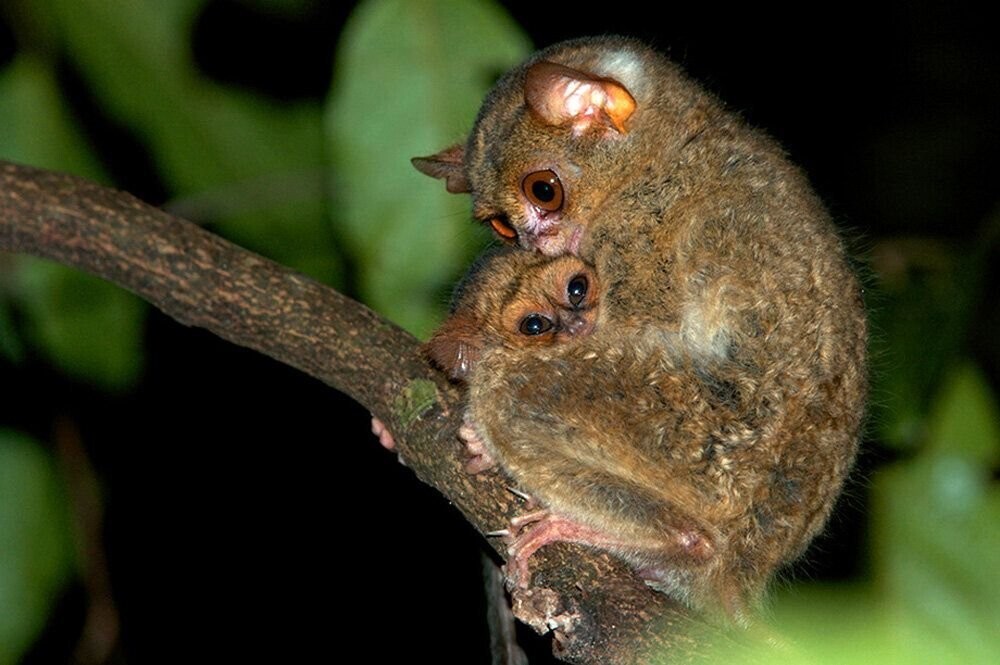
After mating, papa-tarsier gets up, as they say, on heels. The fate of the offspring does not interest him. Six months later, the light a baby appears, whom the mother watches, without closing her outstanding eye, another six months. By the age of one, babies become independent and go on a free voyage. 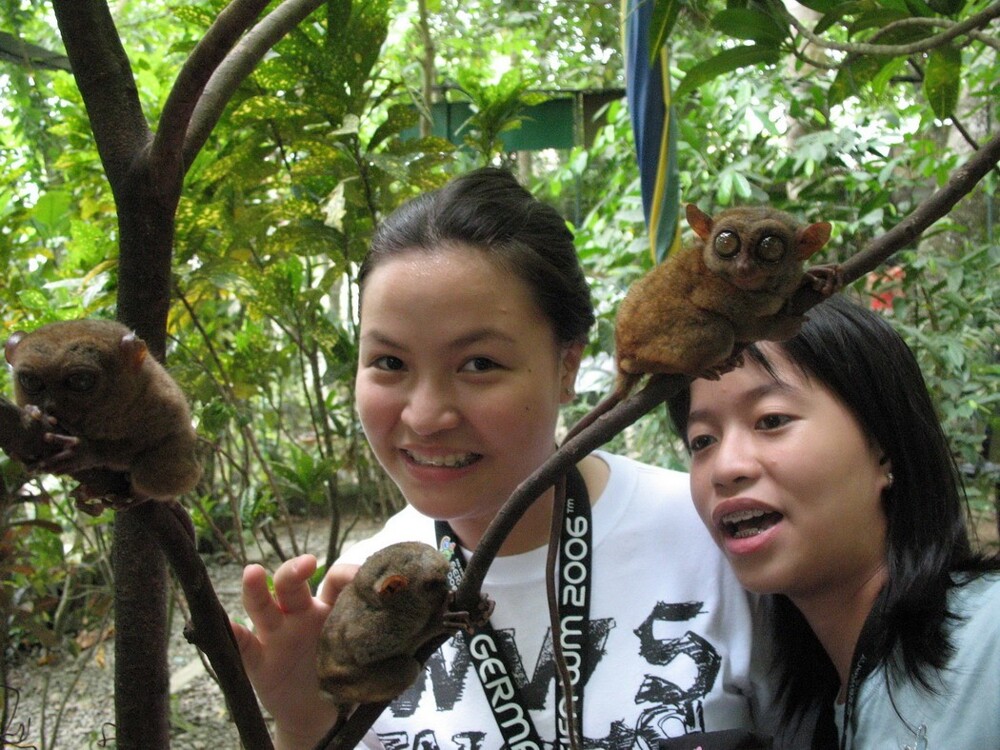
Despite the seemingly optimal parameters for pet, in captivity tarsier to live categorically refuse. They are tamed with difficulty, capricious and live no more than a couple of years, while in wildlife the lifespan of an eyeball exceeds 12 years. Apparently, the tarsier's freedom-loving genes are affecting, for which freedom is more important than life.
Add your comment
You might be interested in:














